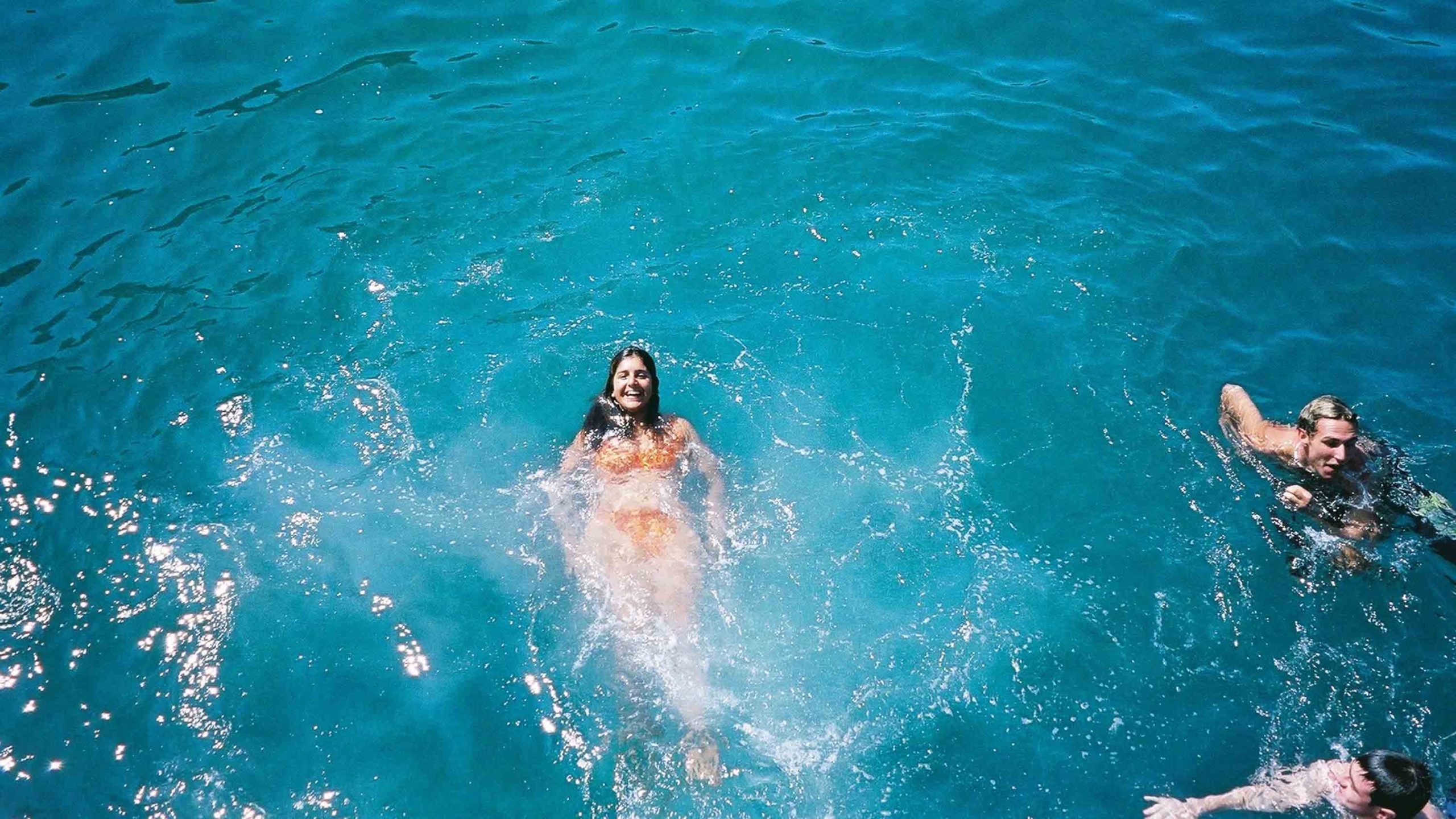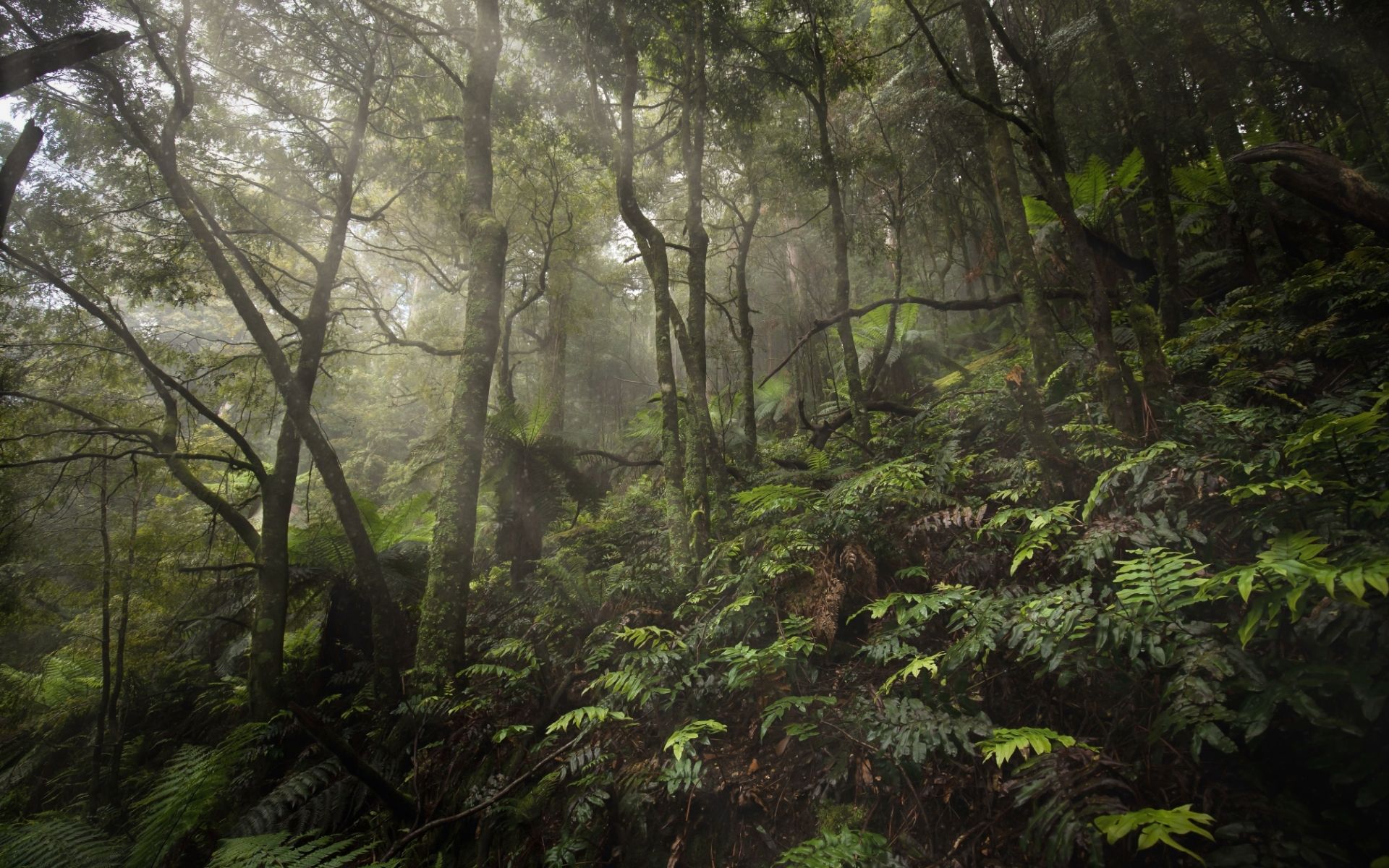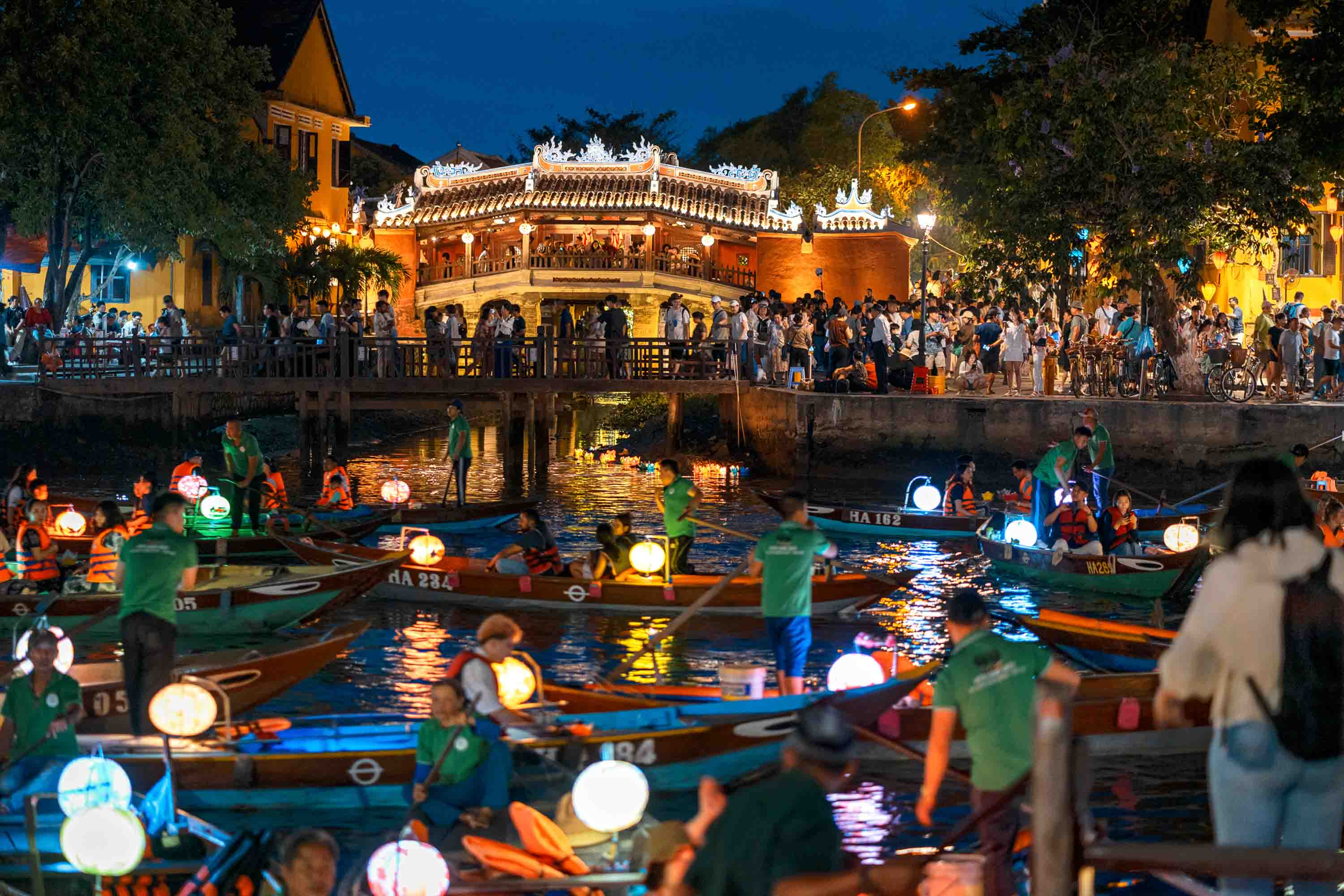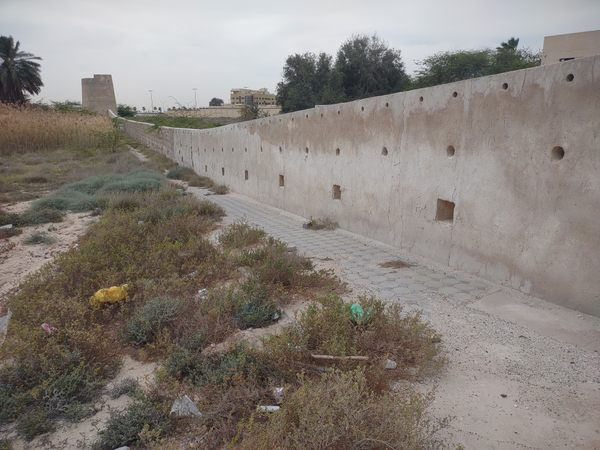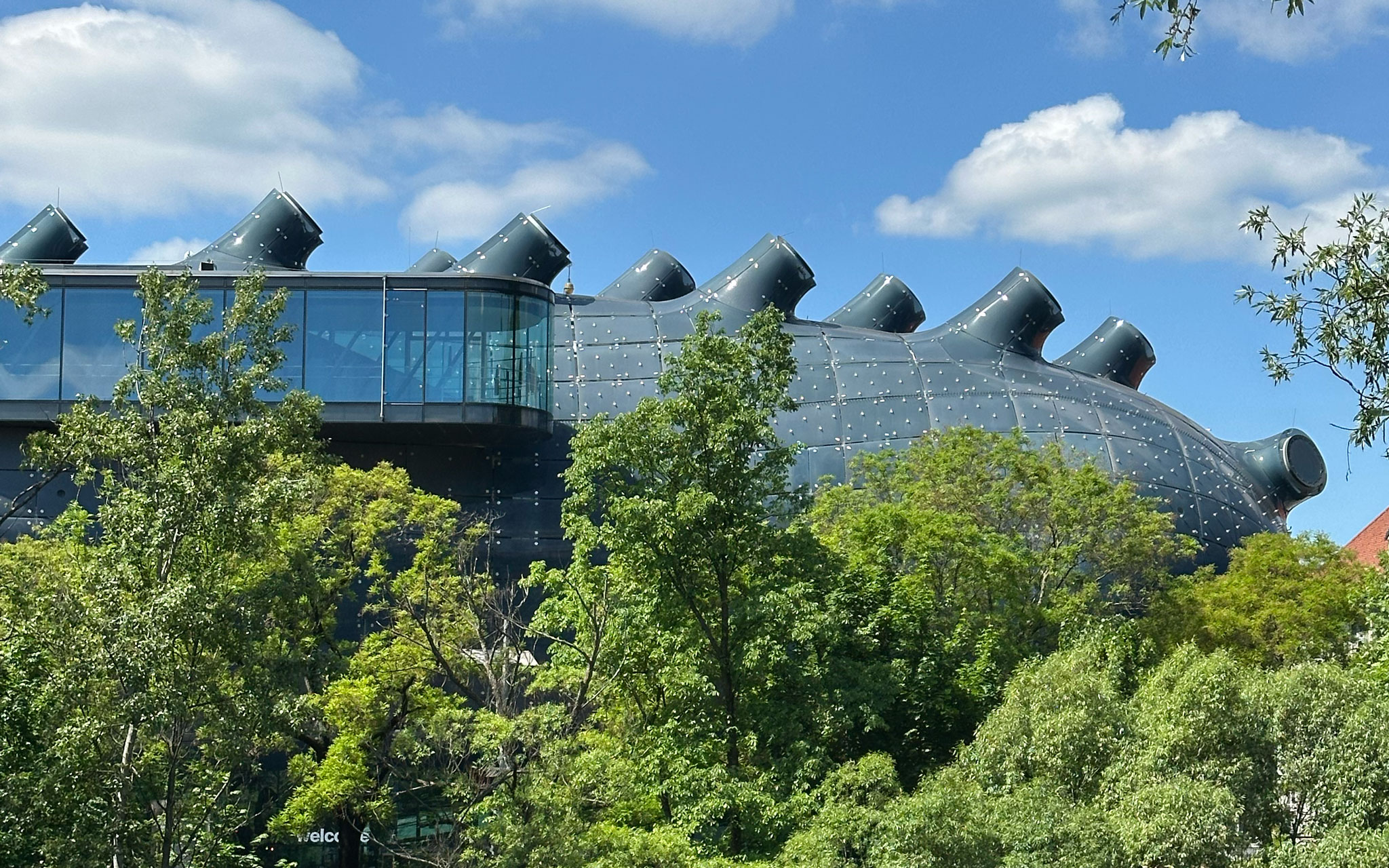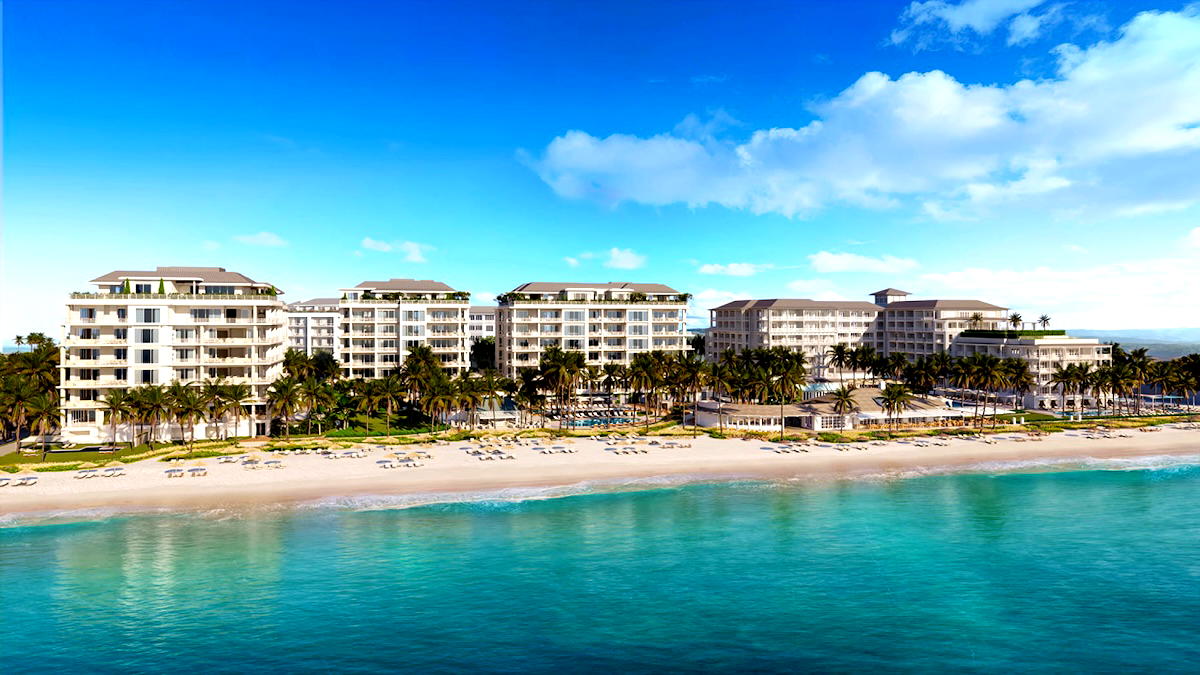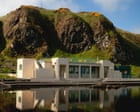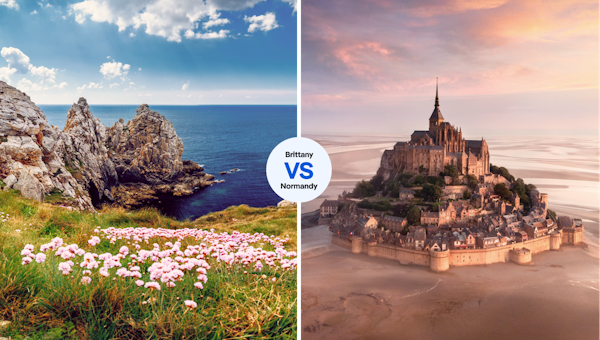The 12 best historic sights in Scotland's Highlands
In the north of Scotland, history seems to spill from the ground almost everywhere you turn. Here are the top historic sights in the Scottish Highlands.

There are some places in the world where history seems to spill from the ground almost everywhere you turn. Rome and Egypt are two such spots, but the whole of the Scottish Highlands and Islands is indisputably another. As you roam around its lochs and glens, castles loom, ancient churches soar, Neolithic tombs beckon, and stone circles stand silhouetted against the Highlands’ moody skies.
Human history in this rugged corner of Scotland spans at least 5500 years – an epic, treasure-studded tale spanning Neolithic tool makers, Iron and Bronze Age pioneers, pagan warlords, Viking invaders, feuding medieval kings, land-greedy dukes and the real-life inspiration for Shakespearean legends, alongside enough freedom-loving rebels to keep Hollywood movie-makers busy for a century.
Best of all, the Highlands’ myriad historic sites are embedded in some of Scotland’s most fabulous landscapes. Time-scarred castles stand reflected in silent lochs. Multihued moorlands are ornamented with sentinel standing stones. Neolithic villages spill onto the shores of windswept islands at the boundary of the North Sea and the wild Atlantic.
If you fancy a holiday alive with history, here are the top historical sights in the Scottish Highlands and Islands. 
1. Iona Abbey, Southend, Scottish Mainland
Best for religious history
In the year 563 CE, the Irish monk St Columba arrived on the shores of mainland Scotland, at Southend on the Kintyre peninsula, charged with the mission of converting new lands to Christianity, starting with the Kingdom of Dál Riata. It was on the Isle of Iona that St Columba established his monastery, on the site where the 13th-century Iona Abbey sits today.
It is believed the exquisitely illustrated Book of Kells (now on display in the Old Library in Trinity College, Dublin) was created here in the 9th century. As the birthplace of Christianity in Scotland, Iona has been a place of peace and pilgrimage since the 7th century, and it’s still a powerful place to feel the forces that shifted the nation away from ancient pagan beliefs.
Planning tip: Tiny Iona’s coastline is hemmed by pristine beaches and hidden bays. Walk or cycle to the North End, where you’ll find beaches you won’t believe belong to Scotland, such as White Strand of the Monks, with its clear, aquamarine waters and smooth, flawless sand. Other memorable beaches include Bay at the Back of the Ocean and sheltered, cliff-edged Port Bàn.
2. Culloden Battlefield, near Inverness
Best Highland battlefield
Battlefields litter the Highlands and Islands, from settings for skirmishes between Highland clans to the sites of great clashes between British armies and Scottish rebels that dictated the future of the Highlands for centuries.
Culloden holds particular poignancy for Scots, for it was here that the Jacobite Rebellion was quashed, ushering in the horrors of the Highland Clearances, when thousands of Highlanders were forcibly moved from their crofts and fishing villages to make space for new sheep farms.
The scene of the last pitched battle ever fought on British soil sits by the village of Culloden on the eastern edge of Inverness. Here, in 1746, the forces of the Duke of Cumberland crushed Jacobite rebels loyal to Bonnie Prince Charlie, ending the dream of a restored Stuart monarchy.
The somber moor where the conflict took place has scarcely changed in almost three centuries – interactive displays at the visitor center immerse you in the story, while a memorial cairn and stone cottage used as a field hospital after the battle provide a more direct connection to history.
Planning tip: Not far from Culloden, you can visit the Bronze Age Clava Cairns, made famous by Diana Gabaldon’s Outlander novels, and Cawdor Castle, of Macbeth fame (though the scheming thane never actually lived here). 
3. Skara Brae, Mainland, Orkney
Best for bringing ancient history to life
It’s said that in Orkney, if you stick a spade in the ground, you’ll discover a new archaeological site, and these islands certainly have some of the top Neolithic treasures in Britain. Four of the island’s key Neolithic sites are inscribed on the UNESCO World Heritage list as the “Heart of Neolithic Orkney” – including world-famous Skara Brae, one of the best-preserved Neolithic villages in Europe.
Buried by storms in around 2500 BCE, and rediscovered when more storms peeled back its covering of sand and turf in 1850, the site offers astounding insights into the details of domestic life some 5000 years ago. Its stone-walled houses are tightly clustered together, suggesting a tight-knit community, and inside these ancient dwellings, you can view hearthstones, water storage facilities, primitive drains and incredible stone-built furniture.
Planning tip: Combine a trip to Skara Brae with a walk on the sea cliffs at nearby Yesnaby and a visit to the standing stones of the Ring of Brodgar and the Stones of Stenness, both part of an ancient ceremonial complex dating from the third millennium BCE.
4. Maeshowe, Mainland, Orkney
Best for Tomb Raider vibes
The fourth site in the Heart of Neolithic Orkney group is Maeshowe, the finest chambered tomb in Western Europe. This grass-covered mound looks nothing special from the outside, but as you crawl along the stone passageway to the main chamber, you’ll get a powerful sense of the yawning gulf of time that separates the modern age from the architects of this mysterious place.
It’s not known how many people were originally buried in this imposing mausoleum, which was constructed from enormous sandstone blocks some 5000 years ago, but we know plenty about the Vikings who rediscovered it while returning from the Crusades in the 12th century.
These early medieval tomb raiders broke into Maeshowe searching for treasure, and left behind a wonderfully earthy collection of graffiti carved in runes on the tomb’s walls, including boasts about sexual prowess, odes to absent lovers, and early versions of “Kilroy was here.”
Planning tip: For more chambered tomb action, take the ferry from Kirkwall to the island of Sanday to view the impressively intact Quoyness Chambered Cairn, or travel to Rousay to explore the 30m-long (98ft) Midhowe Tomb, where a suspended walkway allows visitors to view the stone stalls where the bones of 25 people and myriad animals were discovered (there’s also a well-preserved broch, a fortified drystone tower, nearby). 
5. Glenfinnan Viaduct, near Fort William
Best for cinematic vistas
Supported by towering arches, the elegantly curving Glenfinnan Viaduct has stood overlooking Loch Shiel since the end of the 19th century as a powerful testament to the brilliance of Scottish engineering. But it was at the start of the 21st century that the viaduct gained worldwide celebrity status, after featuring in the Harry Potter movies.
Today, Harry Potter fans can cross the viaduct in the Jacobite Steam Train (otherwise known as "the Hogwarts Express"), which runs from Fort William to Mallaig and back several times each day. Even better than being on the train is watching it cross the viaduct from outside – climb the Glenfinnan Viewpoint behind the visitor center for the best views.
Detour: As you're close to Fort William, it makes sense to take a peek at 1344m (4409ft) Ben Nevis, Britain’s highest mountain. This heather-cloaked massif is a magnet for hikers and climbers, but you can get a low-effort preview by gazing across Loch Linnhe from Corpach, about two miles north of Fort William.
6. St Kilda Islands, Outer Hebrides
Best for poignant memories
The lonely archipelago of St Kilda, separated by 40 miles of rough seas from the rest of the Outer Hebrides, is a monument to the resilience of the people of the Highlands, and the dying days of an island way of life. On the main island of Hirta, the population peaked at 180 during the 17th century, before going into rapid decline due to the hostile environment.
Held ransom by the elements and the island’s inaccessibility, islanders survived on a diet of seabirds and their eggs, harvested by climbing the cliffs. Following devastating periods of food shortages, the last 36 remaining residents were evacuated in 1930, at their own request, leaving the isles silent except for the seabirds.
Visiting today, on a boat trip from Leverburgh on the Isle of Harris with Kilda Cruises or Sea Harris, a thrillingly wind and wave-lashed crossing will deliver you to dramatic crags seemingly scouped out by giants, and the hauntingly ruined homes of the island’s former residents. 
7. Eilean Donan Castle, Loch Duich
Best for atmosphere and photo ops
As the site of centuries’ worth of battles, Scotland has fortresses to spare, but even in this castle-capped landscape, Eilean Donan is something special. Edging onto Loch Duich, this is perhaps the most photographed building in the Highlands, and it’s a silver screen star too, featuring in everything from Highlander (1986) and Rob Roy (1995) to Bond flick The World Is Not Enough (1999).
This almost impossibly picturesque castle stands near the main thoroughfare to the Isle of Skye – and there’s a good reason why. It was built in the 13th century to provide defence for the Earl of Ross against Norse expeditions from the islands, hence its highly defensible island location.
Legend says that Eilean Donan island was previously home to a 6th- or 7th-century monastery dedicated to Irish saint Donnán of Eigg. However, following cycles of destruction and reconstruction throughout the centuries, today’s castle with its arched stone footbridge is mainly a 20th-century creation.
Planning tip: Having come as far as Eilean Donan, it makes sense to continue a little further across the Skye Bridge into Skye for a walk in some of Scotland’s most spectacular scenery. Start at the Quiraing in the north, where paths strain past iconic rock features to a lofty plateau where ancient crofters hid their cattle from Viking marauders.
8. Mousa Broch, Mousa, Shetland
Best for insights into Iron Age Scotland
The Iron Age gave rise to some of Scotland’s most enigmatic structures – most notably mysterious stone circles and the fortified drystone towers known as brochs that dot the landscape today. The tiny island of Mousa in the Shetland Islands is home to Scotland’s best-preserved broch – its ancient walls still tower to a height of 13m (43ft) more than 2300 years after it was built.
Rising like a giant beaker, its ramparts protect the remains of ancient dwellings, and visitors can climb up inside the walls to the top for epic views over sea cliffs that provide a home for a 14,000-strong colony of storm petrels. These tiny, swallow-sized seabirds nest in the gaps between the stones of the island’s beaches and dykes, and in the lichen-clad ramparts of the broch itself.
9. Dunrobin Castle, near Inverness
Best for highlighting past injustices
To look at glamorous, chateau-like Dunrobin Castle, just north of Inverness, you’d have no idea that it owes its grandeur to one of the darkest periods in Scottish history. In the aftermath of the Battle of Culloden, mercenary landowners loyal to the British crown purged the northern Highlands of its traditional culture and – in many cases – its people.
Between 1807 and 1821, as many as 10,000 residents of the Sutherland Estate were evicted from their homes and crofting communities during the Clearances. Those displaced were either removed to harshly exposed coastal fishing villages or loaded onto ships bound for colonies overseas, never to return.
The Duke of Sutherland decided that sheep farming was a more profitable use of his land, and funded renovations of Dunrobin Castle with the money made from this campaign of cultural cleansing. Considering the history, it’s hard to think of a better name than “done robbing.”
10. Jarlshof, Mainland, Shetland
Best for seeing multiple eras in one spot
Uncovered in the late 1800s by winter storms, this incredible site on Shetland’s largest island gives a tantalizing glimpse of life in ancient Scotland. The ruins at Jarlshof span millennia – every period from the Neolithic and the Bronze Age and Iron Age all the way through to medieval times and beyond is represented.
Near Shetland’s tiny airport, Stone Age roundhouses sit beside the ruins of an Iron Age broch and intriguing wheelhouses, whose “spokes” once divided the internal space into separate chambers. Squeezed around them are Viking longhouses, medieval farmhouses and the 16th-century Old House of Sumburgh, built by Patrick Stewart, the tyrannical Earl of Orkney.
Planning tip: Shetland became part of Scotland in 1469, but islanders still celebrate their Viking heritage in style at the show-stopping Up Helly Aa festival in late January, which lights up the winter night with costumed parades and the ritual burning of a wooden longship in Lerwick. 
11. Calanais (Callanish), Isle of Lewis
Best for pagan history
Scotland’s standing stones and stone circles hint at eldritch customs and arcane pagan rituals, but tantalizingly little is known about the ancient peoples who built these structures between 3500 and 2000 BCE, or the beliefs that they followed. On the plus side, this means your imagination can run wild when visiting sites such as the Calanais (Callanish) Standing Stones near the west coast of the Isle of Lewis in the Outer Hebrides.
One of Europe’s most important prehistoric sights, this dramatic moorland monument comprises a towering central monolith with 13 large stones and 40 smaller ones radiating out from it, dating back to between 3000 and 2500 BCE, making it older than Stonehenge. At least 11 smaller stone circles surround Calanais, hinting that this was the hub for an important ritual complex. It’s achingly evocative, and – dare we say it – spiritually moving.
12. St Magnus Cathedral, Kirkwall, Orkney
Best for medieval majesty
Dominating the skyline of Kirkwall, St Magnus is the oldest and most northerly cathedral in Scotland, but it was originally built by Norsemen during the years when Norwegian jarls (earls) ruled over Orkney and Shetland. Construction started in 1137 and continued over the next 300 years, during which time Orkney was absorbed into the Kingdom of Scotland, in lieu of an unpaid dowry.
This complicated history means that the cathedral is officially part of the Presbyterian Church of Scotland, but it still holds regular Catholic services. For the non-religious, a stronger reason to visit is to admire the red-and-yellow stone exterior, and the heraldic, skull-and-crossbones carved grave slabs that line its interior walls. Oh, and did we mention this is one of the few churches with its own dungeon?
Planning tip: Don't miss the nearby Earl’s Palace, built by the tyrant Earl Patrick Stewart in 1606 and the finest example of Renaissance architecture in Scotland. The admission fee includes the neighboring 12th-century Bishop’s Palace, where Bishop Reid’s Tower offers glorious views of the cathedral.
This article was adapted from Lonely Planet’s Scottish Highlands & Islands guidebook, published in June 2025.











































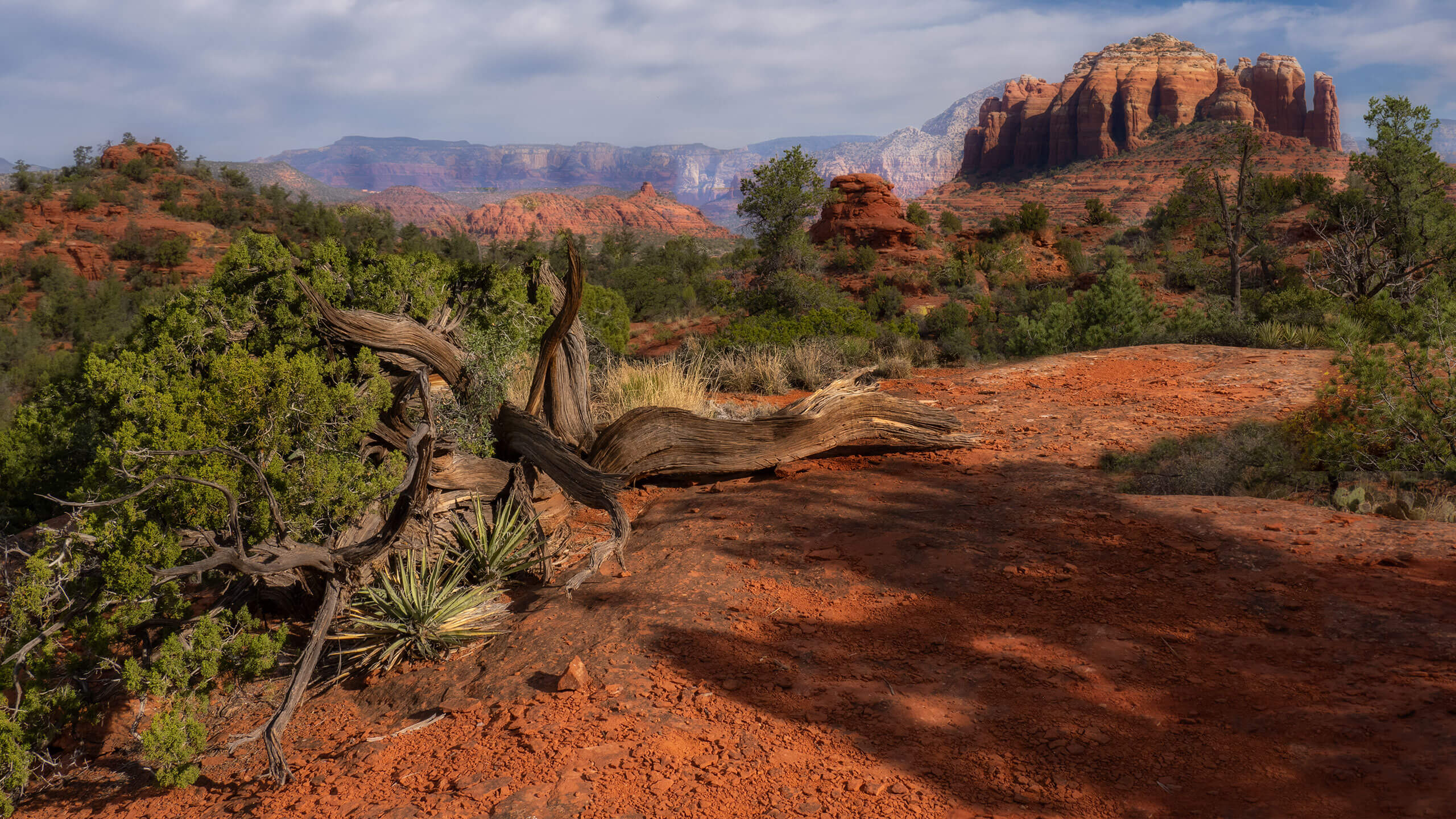

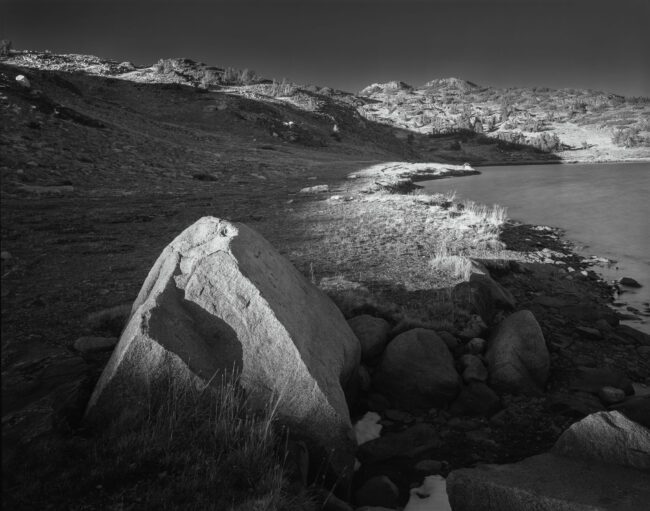

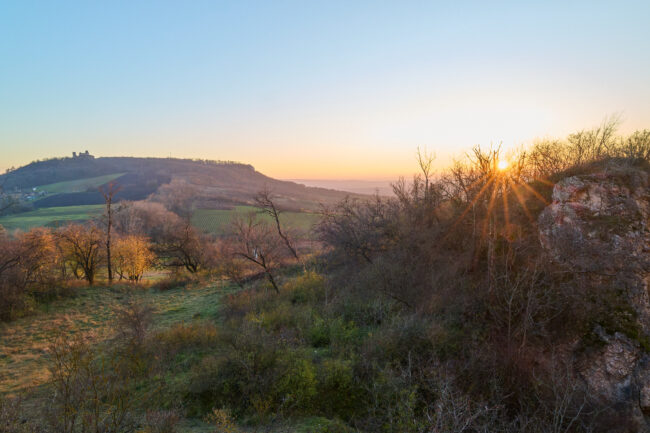

















































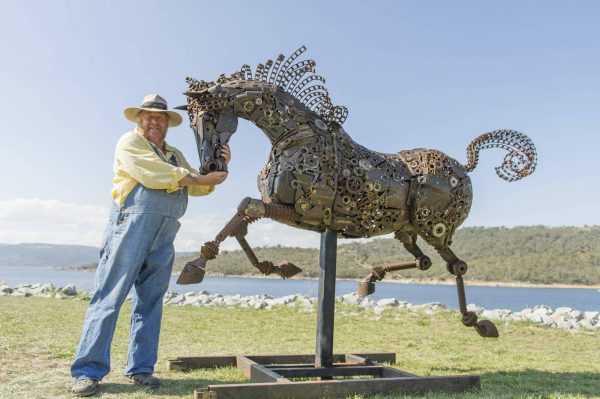










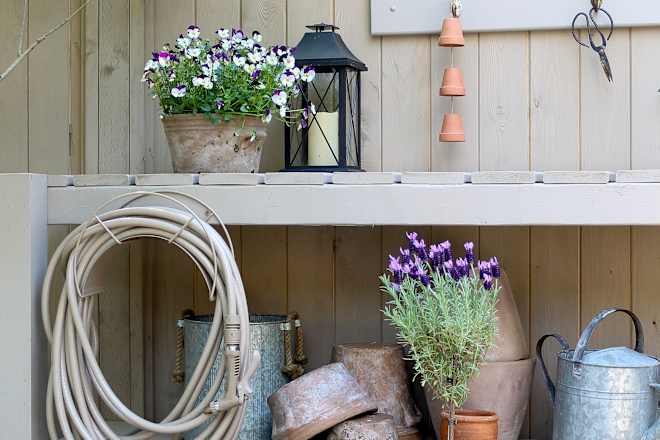










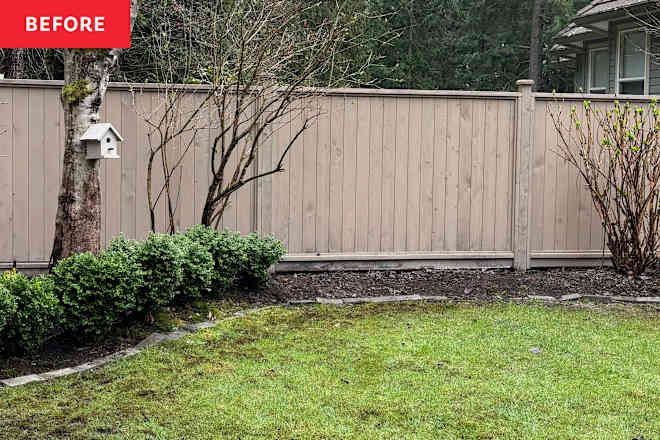
































































.jpg)
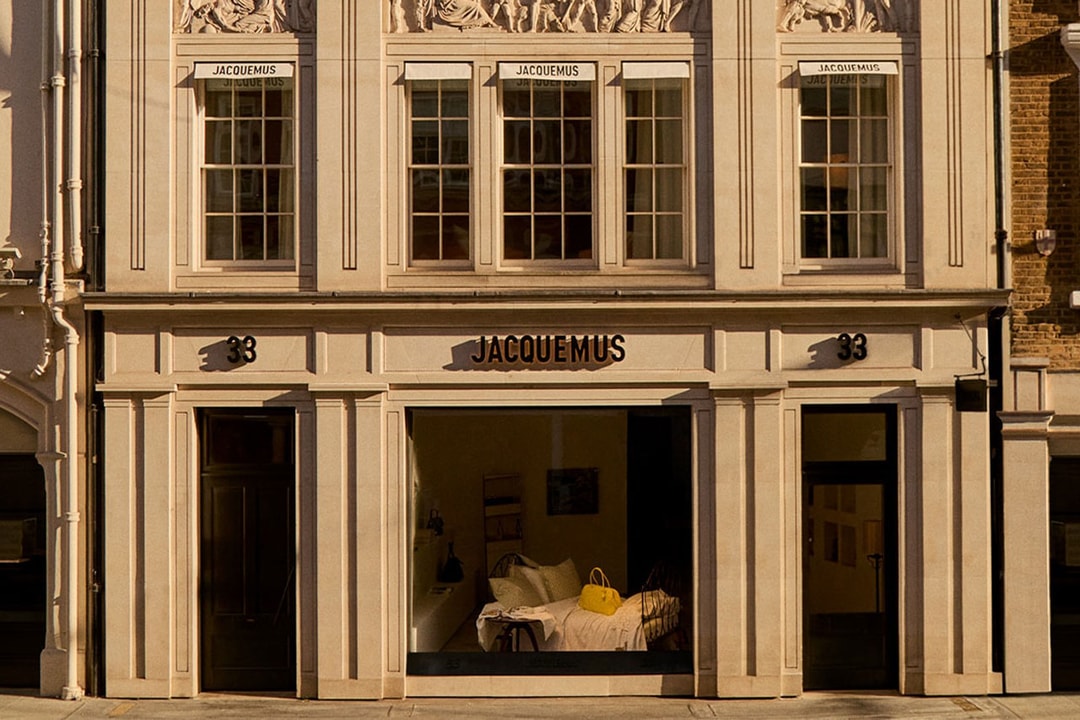




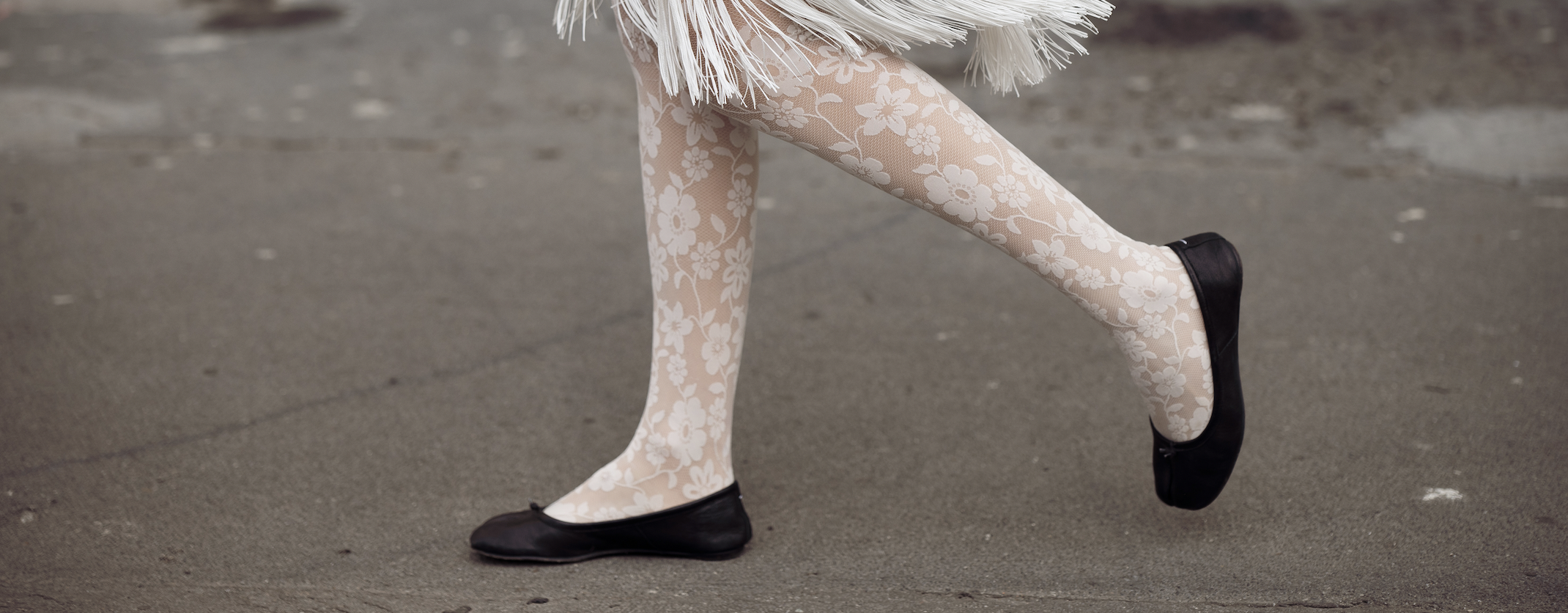





















.jpg)








